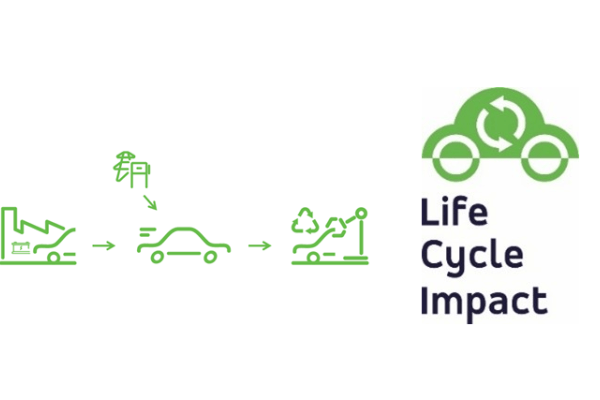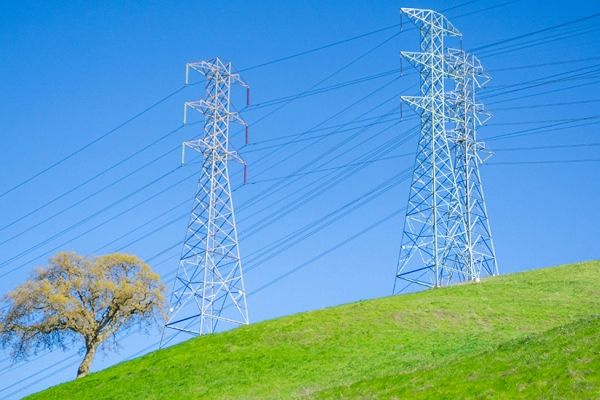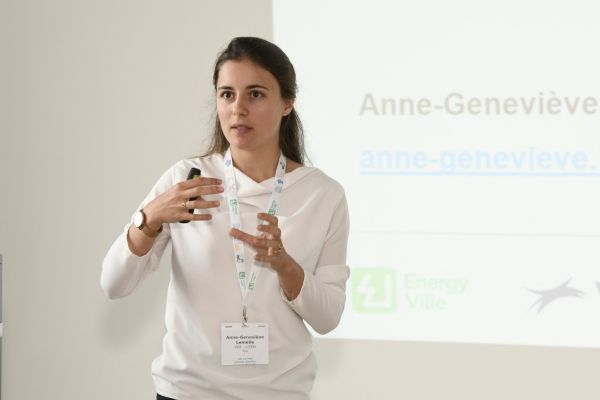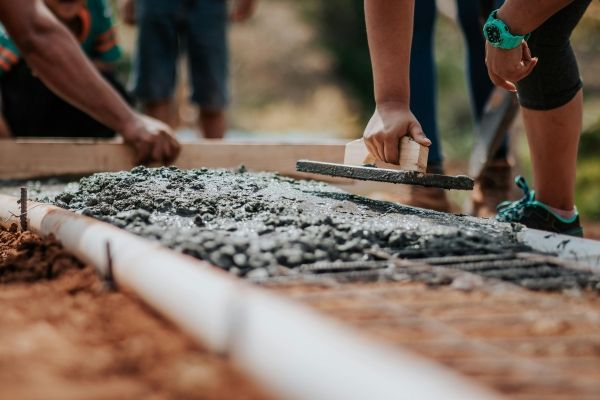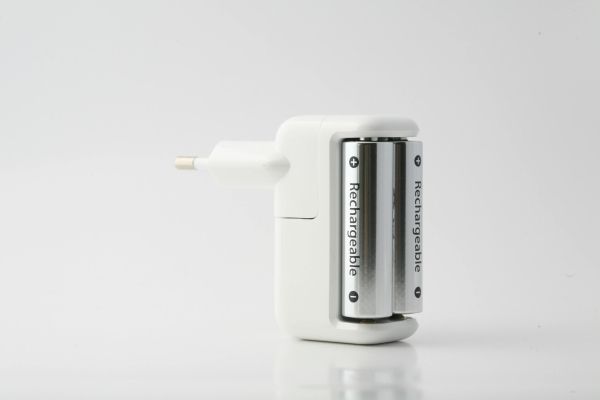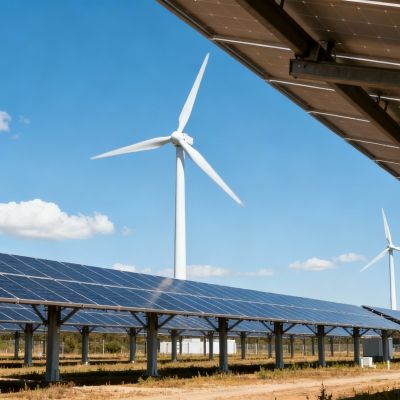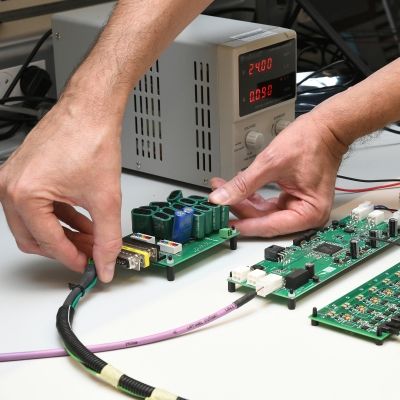PhD research Eva van der Voet
Research into rock properties in the subsurface targeted for deep geothermal developments.
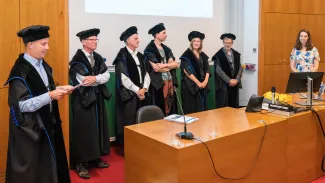
Lower Carboniferous carbonates in the Campine-Brabant Basin (northern Belgium, southern Netherlands and westernmost Germany) are a target for geothermal developments. Wells drilled into these carbonates in both Belgium and the Netherlands have proven that these layers are suitable as a deep geothermal reservoir. The reservoir consists of fractured and locally karstified limestones and dolostones. Since the matrix porosity of the carbonates is generally very low, natural fractures account for a major part of the porosity and permeability of the system. Hence, in her PhD Eva van der Voet focused on the distribution of (partially) open fractures, and aimed to investigate which factors control fracture development and properties, and in which way. The PhD was conducted in cooperation with KU Leuven, with Rudy Swennen and Philippe Muchez of the Department of Earth and Environmental Sciences as supervisors. Eva successfully defended her PhD thesis on 4 July 2022.
In the past, several wells were already drilled into the Lower Carboniferous in the Campine-Brabant Basin. In addition, during the PhD project, five new geothermal wells were drilled. The boreholes were of high value as an information source for this study. In the first place, cores are the most direct information source of rock properties in the subsurface and therefore cores were used to study the quantity and characteristics of both cemented and partially open fractures. Secondly, geophysical well logs provide important indirect information on subsurface rocks. Many geophysical well logs were used in this project, among which two FMI logs. These are image logs based on microresistivity, on which discontinuities are visible. Besides borehole studies, Lower Carboniferous carbonate outcrops in southern Belgium were used as analogues. These outcropping carbonates are similar to the subsurface rocks and allowed assessment of fracture networks at a much larger scale than in the boreholes, and in two or even three dimensions.
The work performed throughout this PhD program has increased knowledge on the effect of different factors controlling fracture development and properties. Three main factors were studied: lithotype, bed thickness and the vicinity of faults. Overall, the effect of these factors on fracture distribution appeared to be limited. Regarding lithotype differences, fracture frequency, intensity and connectivity appeared to be significantly higher in dolostones than in limestones, based on outcrop studies. However, an FMI log study showed contradicting results in the subsurface. Fracture frequencies were observed to be increased in silicified and chert-bearing limestones and in reefal limestones. Shaly limestones contain lower fracture frequencies. The effect of bed thickness on fracture frequency was found to be absent or limited, likely because only a small part of the fractures is bed-bounded. From core samples in one borehole and from one outcrop analogue, fracture frequencies seemed to be (slightly) increased around faults. However, an FMI log analysis showed that fracture frequency was not significantly increased around fault intersections in the subsurface.
Overall, it is likely that other factors, not specifically studied in this PhD program, also play a role in the development and characteristics of fractures in the carbonates, among which are karst, reactivation of existing fractures and the current stress field. The study thus contributes to the scientific discussion by showing that a number of relationships mentioned in the literature are not universal. The gained insights into the factors controlling fracture properties can also help to reduce geological risks for developing geothermal systems in the region.



